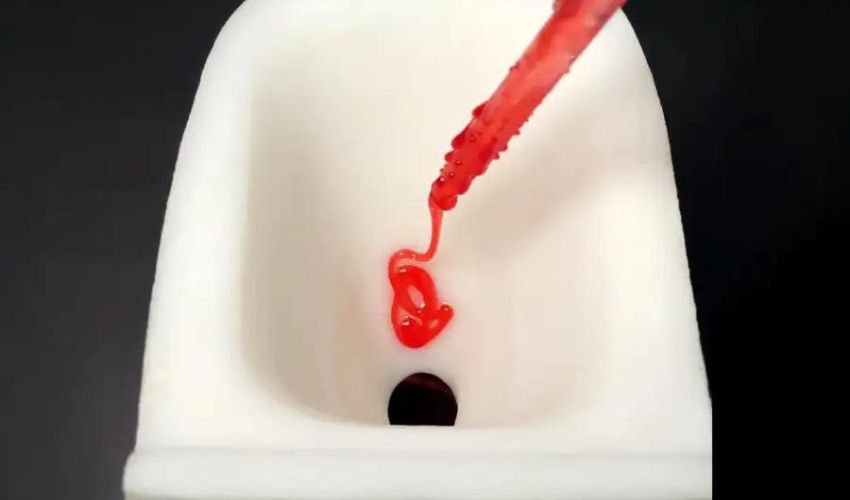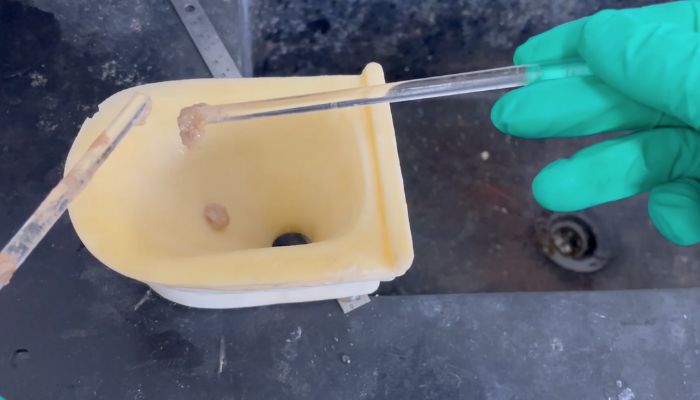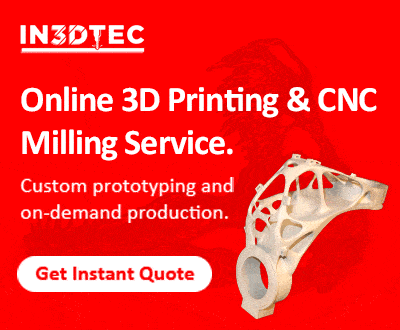New 3D Printed Slippery Toilet Will Help Save Water

With environmental concerns on everyone’s mind after July 2023 was the hottest month on Earth since records started being kept, more and more innovations are coming out to try and solve the climate crisis. This of course includes through efforts to conserve water as shortages loom over the horizon, including from an area you may not expect. Flushing toilets is estimated to have increased the volume of water created when humans go to the bathroom almost 20-fold, making environmental solutions to this issue paramount but unpopular due to their inefficacy. Thankfully, there may be a solution. Researchers from Huazhong University of Science and Technology have unveiled a 3D printed toilet whose surface is so slippery, nothing is able to stick to it. Potentially a huge step forward for water conservation.
As reported originally in New Scientist, this 3D printed toilet has been designed not just to be extremely slippery, but to be resistant in the face of abrasion. Slippery toilets are not a new concept, there have been many projects centered on the creation of slippery toilet coatings to prevent sticking and thus decrease flushing such as Teflon-coated toilet bowls. However, the problem with that is that this coating wears off over time, meaning either the coating or toilet will then need to be replaced. This will not be a problem for this new toilet.

Researchers test the slippery surface of the 3D printed toilet (photo credits: Yike Li et al.)
Making a 3D Printed Slippery Toilet
To create the 3D printed toilet the researchers, led by Yike Li, turned to selective laser sintering. The aptly named abrasion-resistant super-slippery flush toilet (ARSFT) was made initially as a model that was 10 times smaller than a full-sized version. For the material, researchers developed a mixture of plastic and hydrophobic sand grains which were then fused together using a laser to create a complex structure. The self-supporting 3D complex shape was also designed to be porous, allowing the accommodation of lubricants, like silicon oil, inside it for an even more abrasion-resistant, super-slippery surface.
Testing was then conducted with various liquids including milk, yogurt, highly sticky honey, and starch gel mixed congee to prove the 3D printed toilet’s resistance to complex liquids. The researchers further note that the surface appeared to have a particularly high resistance to sticky synthetic feces. Considering that one of the main goals with this toilet is to save water by reducing the need for multiple flushes (as undesired substances will not stick to the toilet bowl), it certainly is promising. Moreover, apparently even after being abraded to 1000 cycles of abrasion using sandpaper, the 3D printed toilet maintained its super-slippery capabilities.
That being said, right now the idea is still in its infancy. It has only been tested with these small models and SLS in particular is not known for its large build volume. As such, work must still be done to scale-up production as well as ensure that the cost is not too high. Li, the lead researcher on the project, concludes, “The reduced flushing volume would result in less wasted water during transportation to the processing facilities, thereby saving transportation costs. But first the process needs to be adapted for full-size toilets and made cheaper.” You can find out more in the research paper HERE.
What do you think of this 3D printed, ultra-slippery toilet? Let us know in a comment below or on our LinkedIn, Facebook, and Twitter pages! Don’t forget to sign up for our free weekly Newsletter here, the latest 3D printing news straight to your inbox! You can also find all our videos on our YouTube channel.
*Cover Photo Credits: Yike Li et al.








Great! This innovation could have a significant impact on water conservation efforts.